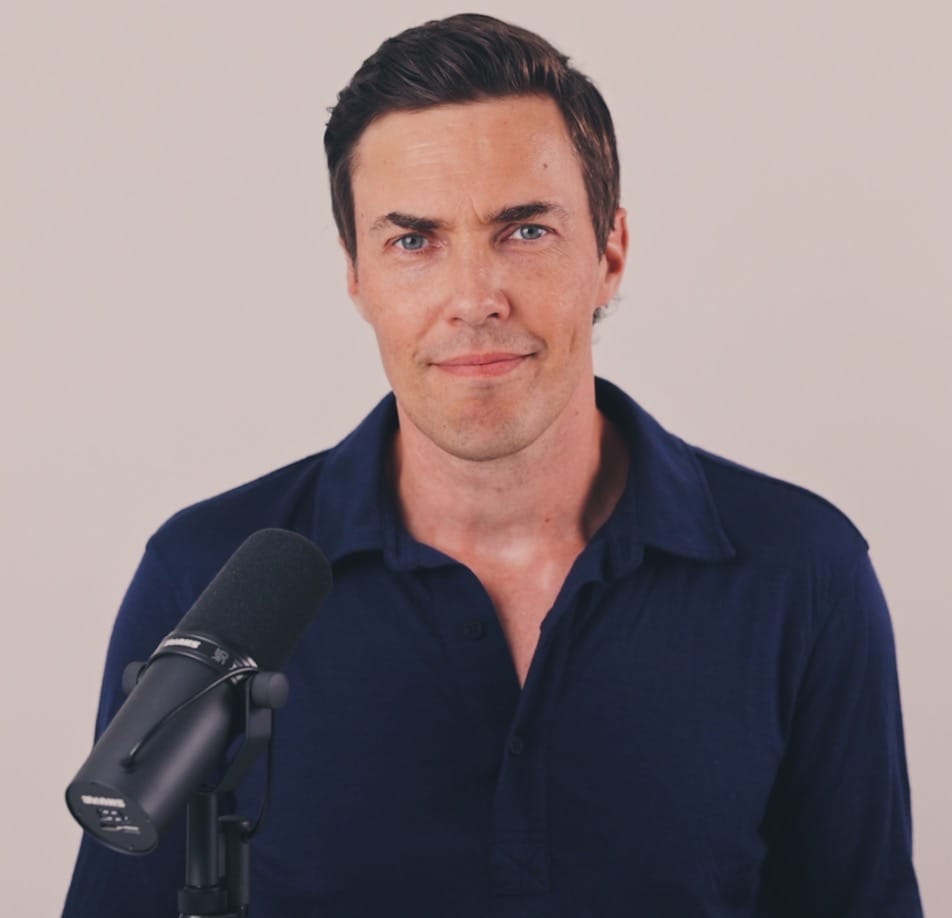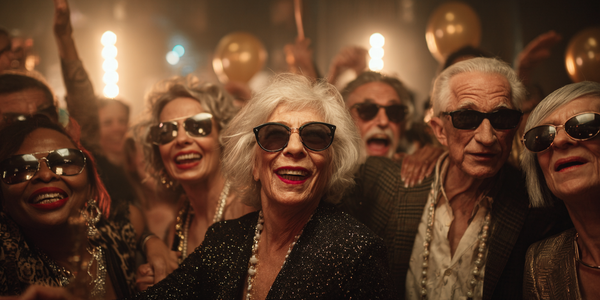By 2030, one in five people in the U.S. and Europe will be over 65. What was once a demographic footnote is now the defining consumer bloc of the decade. Aging is no longer about rocking chairs and Florida condos — it’s about active, working, consuming citizens who control the majority of disposable income and, increasingly, cultural taste. Forget Gen Z TikTokers. The real spending power lies with boomers and elder millennials sliding into their “silver” years. For entrepreneurs and leaders, this isn’t about “serving the elderly.” It’s about designing brands, workplaces, and experiences that respect age as an asset, not a liability.
The Signal → What’s happening
- The U.S. population over 65 is projected to hit 82 million by 2050 — nearly double today’s number. Europe is aging even faster: in Italy, one in four people is already over 65.
- Boomers hold roughly 70% of U.S. disposable income and own nearly three-quarters of the nation’s wealth. They’re not downsizing — they’re spending on health, experiences, and tech.
- The workforce is shifting too. In the U.K., employment among people aged 65+ has doubled in the last two decades. Retirement is being redefined as “semi-retirement” — work-lite, but work nonetheless.
- Meanwhile, marketing still fetishizes youth. Only 5% of global advertising images show people over 60, even though they control most consumer spending.
The Relevance → Why it matters for leaders
- If you’re chasing growth and ignoring the silver cohort, you’re literally leaving trillions on the table. The obsession with Gen Z virality overlooks the wallets funding actual revenue.
- This group is healthier, more active, and more tech-savvy than their parents at the same age. They’re on TikTok, they’re booking boutique travel, they’re buying premium athleisure. “Old” doesn’t mean “out of the market.”
- For talent strategy, age is an untapped well. As life expectancy stretches and the retirement age blurs, smart companies will harness older workers for their experience, networks, and mentoring — rather than pushing them out.
The Insight → The deeper meaning
Aging is no longer decline — it’s evolution. People don’t see themselves as “old” at 60; they see themselves as in the middle of a longer, healthier arc. The category of “senior” is collapsing into something fuzzier, aspirational, and, frankly, more powerful.
The real cultural divide isn’t old vs. young, but those who adapt vs. those who don’t. Think of it this way: your 65-year-old client probably has more stamina for business travel, pickleball, and portfolio careers than your 28-year-old intern drowning in burnout. The “silver surge” reframes what vitality, aspiration, and cultural influence look like.
The Shift → What’s changing
- From retirement as exit → retirement as transition. Expect encore careers, advisory gigs, and side hustles at 70+.
- From “serve the elderly” → “design for ageless.” Products and experiences that cross generations without infantilizing.
- From status = youth → status = longevity. Being fit, active, and stylish at 70 is the new flex.
- From aging quietly → aging loudly. Think: silver influencers, anti-ageism campaigns, brands that celebrate wrinkle pride instead of Photoshopping it away.
The Opportunity → Where the upside lies
- Design for ageless, not old. The winners will be brands that make products aspirational and functional for all ages without shouting “this is for seniors.”
- Reimagine talent pipelines. Older workers can be stabilizers in turbulent markets — mentors, connectors, advisors. That’s a growth lever, not a liability.
- Elevate health and wellness. Longevity, biohacking, and mobility tech aren’t niche fads — they’re mainstream desires. People want to live longer and better, and they’ll pay for it.
- Rewrite the narrative. Culture celebrates disruption. It’s time to celebrate endurance.
The Plays → 3–5 actionable ideas
- Ageless Product Lines: Build ranges that emphasize quality, durability, and performance across ages. Apple nailed this — their devices are as friendly to 70-year-olds as to 20-year-olds.
- Silver Influencers: Partner with older creators who embody vitality. A 68-year-old marathoner is a more powerful brand signal than another Gen Z unboxing video.
- Longevity Loyalty Programs: Reward repeat customers not just for spend, but for years with the brand. Celebrate a 20-year customer as loudly as a new one.
- Encore Careers in-house: Tap semi-retired professionals as part-time strategists, mentors, or network openers. Agencies and consultancies can double their intellectual horsepower overnight.
- Design the “Middle Third”: Treat 55–75 as its own market life-stage, distinct from “retirement.” Build experiences, services, and communities that speak to ambition, not decline.



